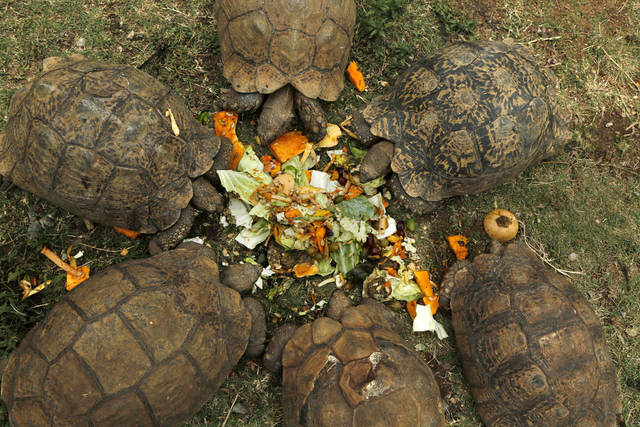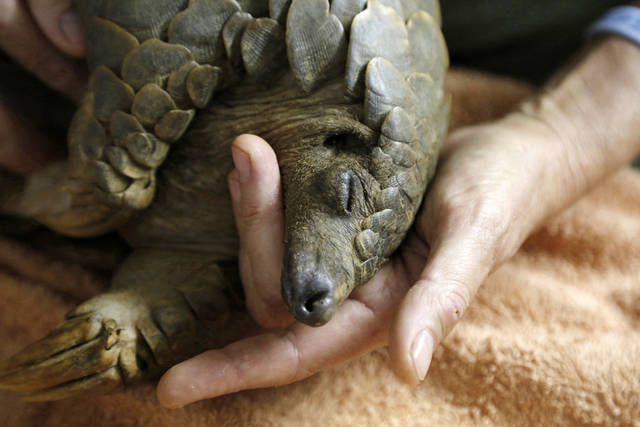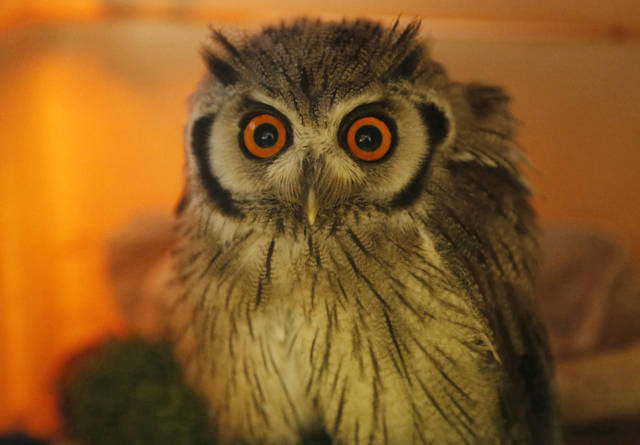JOHANNESBURG — At the edge of a sprawling Johannesburg suburb, a veterinary hospital is saving the lives of wildlife on the urban fringes.
“I’d love to be in the bush, but I get more cases here,” said veterinary rehabilitation specialist Nicci Wright.
Wright founded the hospital two years ago with veterinarian Dr. Karin Lourens and since then has treated about 4,000 animals.
With the expansion of Pretoria and Johannesburg, South Africa’s capital city and its economic center, the animals indigenous to the region are being squeezed out by the rapid urbanization. The wildlife hospital mainly treats small mammals and raptors that are injured.
There are about 160 animals on the small premises now, including half a dozen leopard tortoises, a toothless 12-foot python and an otter that was taken far from her natural habitat when someone tried to domesticate her as a pet.
A Johannesburg resident arrives at the hospital, carrying a gray lourie in a cage made for much smaller domesticated bird. He found the large bird in the garden, attacked by his dogs, unable to fly after its tail and wing feathers were plucked out. Like in any hospital, nurse Alicia Abbott opens a file and transfers the new patient to a more comfortable setting so its treatment may begin.
Most of the cages in the hospital are covered with towels to block the electric light from disturbing the animals. Along with physical injuries, many of them also suffer from trauma. Some species, like the endangered pangolin, show visible signs of post-traumatic stress disorder when they hear a male human voice or smell cigarettes smoke, a reminder of the poachers who hunt them, said Wright.
“Everything is terrifying for them,” she said.
In a wooden crate on the hospital floor, a juvenile pangolin begins to stir, scratching against the box. It is feeding time and a volunteer will walk him on a nearby hill where the pangolin, which is a scaly anteater, animal to search for ants. Pangolins are one of the world’s most heavily trafficked mammals because of demand for their scales in Asia.
Another pangolin was recently sedated and checked by a sonogram scan to find that she was pregnant.
Along with five staffers, the hospital relies on volunteers like Lauren Beckley, who lives nearby. Beckley cares for young primates like baboons and vervet monkeys, who cling to her after their own mothers have been shot or run over by humans.
Other wildlife at the hospital include two newly born bush babies which are small nocturnal primates. One had been attacked by a cat and the other had fallen out of its nest.
Once the animals are ready to return to the bush, Wright and her team work with nature reserves around the country to slowly introduce the animals into a new, safer, habitat.




